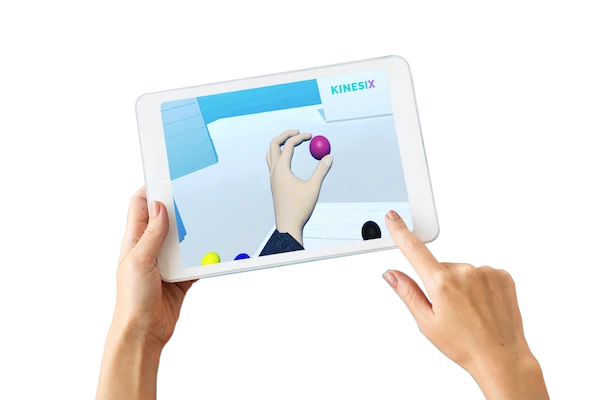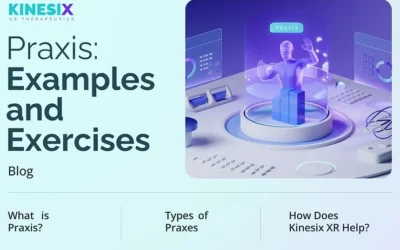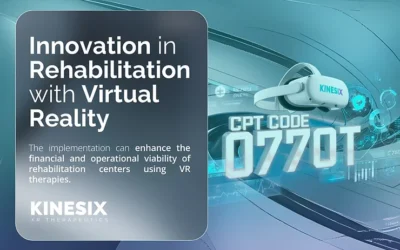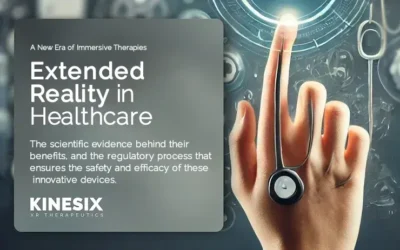Kinesix – Neurorehabilitation with Virtual Reality and AI
Discover how immersive virtual reality, augmented reality, and AI are transforming the neurological recovery process by accelerating clinically proven outcomes and enhancing the therapeutic experience. Designed to benefit the nervous system and treat conditions such as stroke, Kinesix opens the door to new possibilities in therapy.
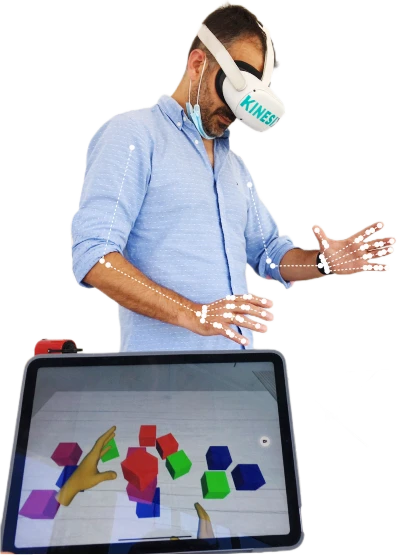
Physiotherapy Equipment & Platform
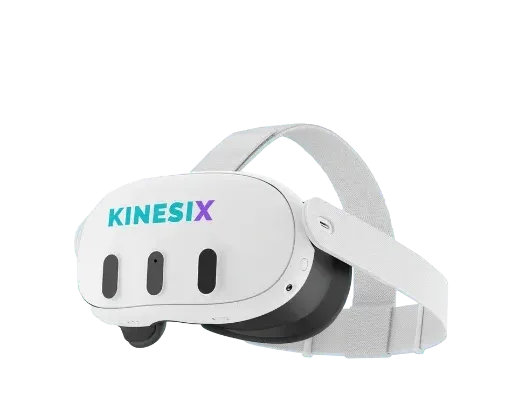
XR Goggles
Immersive Rehabilitation
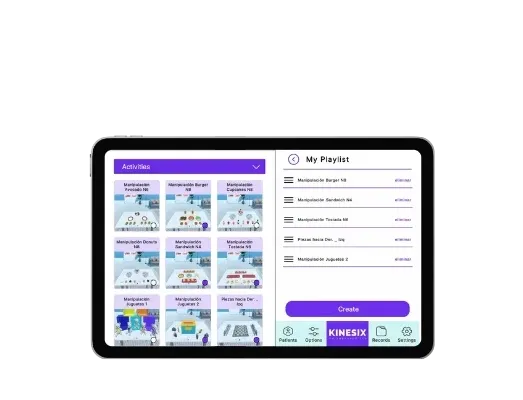
Mobile App
Customized Exercise Programs
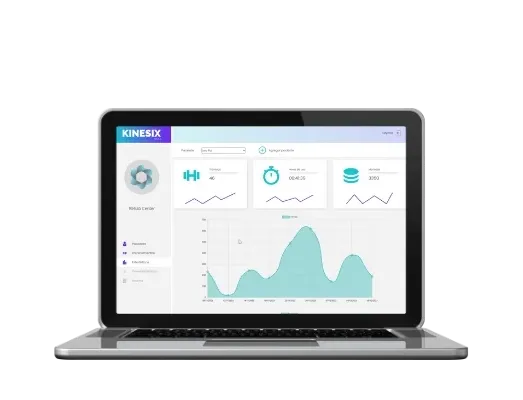
KX Platform
Real-Time Progress Tracking
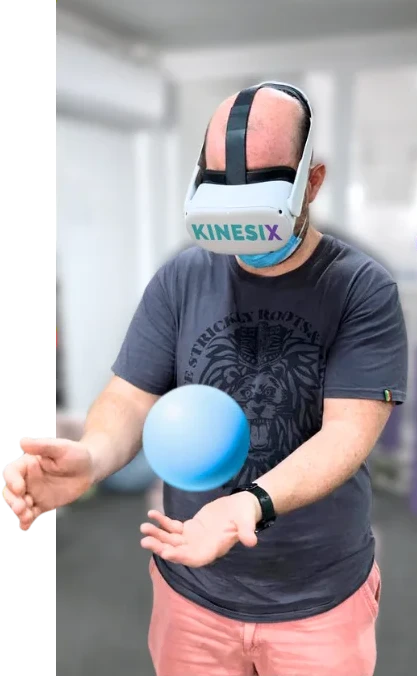
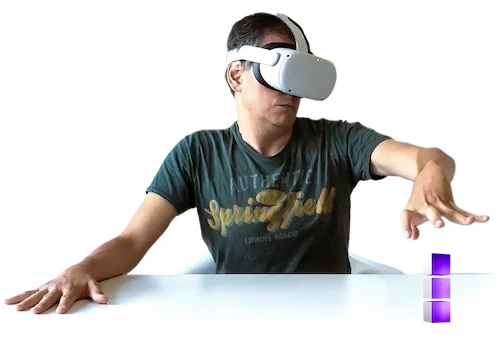
What Is Virtual Reality Neurorehabilitation For?
Neurological
Rehabilitation
- Stroke: Enhances motor and cognitive recovery through immersive exercises.
- Traumatic brain injury: Facilitates the relearning of essential skills.
- Multiple sclerosis and Parkinson’s: Improves mobility, balance, and coordination.
Pain-Related
Issues
- Chronic pain: Reduces pain perception through immersive techniques.
- Musculoskeletal injuries: Enables precise movements without excessive discomfort.
Neurological
Rehabilitation
- Stroke: Enhances motor and cognitive recovery through immersive exercises.
- Traumatic brain injury: Facilitates the relearning of essential skills.
- Multiple sclerosis and Parkinson’s: Improves mobility, balance, and coordination.
Pain-Related
Issues
- Chronic pain: Reduces pain perception through immersive techniques.
- Musculoskeletal injuries: Enables precise movements without excessive discomfort.
Occupational and Behavioral
Therapy
- Motor skills: Simulates daily living activities to promote greater independence.
- Stress and anxiety: Recreates safe environments to reduce symptoms and encourage relaxation.
Other Areas
- Burn injuries: Reduces pain, facilitates movement, and prevents stiffness.
- Pediatric therapy: Combines play and therapy to keep children motivated.
Occupational and Behavioral
Therapy
- Motor skills: Simulates daily living activities to promote greater independence.
- Stress and anxiety: Recreates safe environments to reduce symptoms and encourage relaxation.
Other Areas
- Burn injuries: Reduces pain, facilitates movement, and prevents stiffness.
- Pediatric therapy: Combines play and therapy to keep children motivated.
Why Choose Kinesix?
Kinesix combines virtual reality technology with key therapeutic intervention principles to support hospitals, clinics, and rehabilitation centers. It delivers effective and engaging therapies that improve quality of life and assist patients in their daily activities.
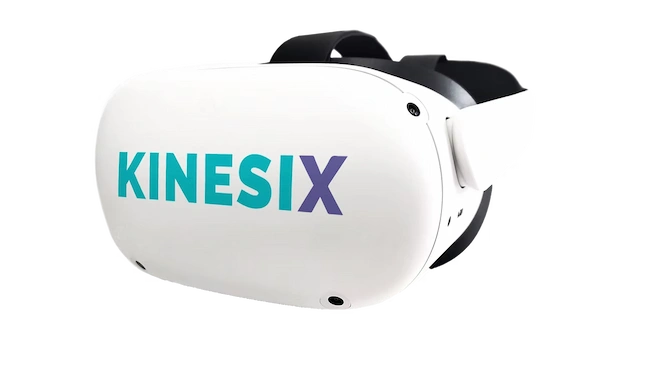
Key Benefits
2. Dynamic Difficulty Adjustment: The system responds to patient progress by adjusting the intensity and complexity of exercises.
3. Mirror Neuron Stimulation: Activates the mirror neuron system by allowing patients to observe and experience movements from a first-person perspective, accelerating motor learning.
5. Applications for Complex Cases: Suitable for conditions such as stroke, Parkinson’s disease, and more.
6. Gamification for Engagement: Gamified scenarios increase patient motivation and adherence to therapy.
7. Objective Measurements: Provides real-time reports through detailed metrics tracking.
Trusted by Experts
-
CE certified for commercialization in Europe.
-
Recognized by Health Canada as medical software.
-
Featured at international conferences such as Meta World Congress, RehabWeek, and the World Stroke Congress.
What the Media Say
“At the Hospital Clínico Mutual de Seguridad, JGM, with burns to 60% of his body, uses Kinesix VR to break down limits in his rehabilitation, regaining mobility, confidence and hope as he seeks to become an active firefighter again.”
Read about our certifications, success stories, and healthcare centers implementing telerehabilitation with Kinesix’s virtual reality and artificial intelligence technology.
Trusted by Experts
-
CE certified for commercialization in Europe.
-
Recognized by Health Canada as medical software.
-
Featured at international conferences such as Meta World Congress, RehabWeek, and the World Stroke Congress.
What the Media Say
“At the Hospital Clínico Mutual de Seguridad, JGM, with burns to 60% of his body, uses Kinesix VR to break down limits in his rehabilitation, regaining mobility, confidence and hope as he seeks to become an active firefighter again.”



FAQ
Does Kinesix VR replace the therapist?
What types of patients benefit most from Kinesix VR?
How is patient progress measured?
Blog
Types of Praxis: Examples and Exercises
Types of Praxis and rehabilitation strategies that optimize the recovery of patients with motor and cognitive difficulties.
CPT Code 0770T: A Milestone in Virtual Reality Therapy for Rehabilitation
The CPT Code 0070T marks a significant milestone in rehabilitation, predominantly utilized in the USA where CPT codes serve as a documenting and billing.
XR in Medical Devices: Innovation, Regulation, and Transformation in Healthcare
Explore the role of XR in healthcare and the regulatory process that ensures the safety and efficacy of these innovative medical devices.
Kinesix VR Solutions for Advanced Rehabilitation
Improve fine and gross motor skills, as well as balance, with interactive activities that immerse users in a dynamic and stimulating virtual environment—maximizing engagement and outcomes.
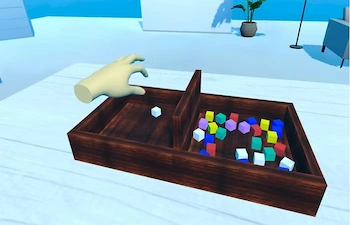
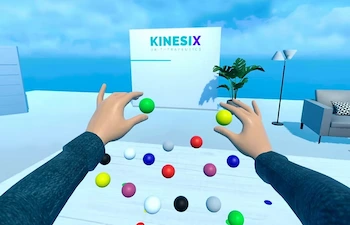
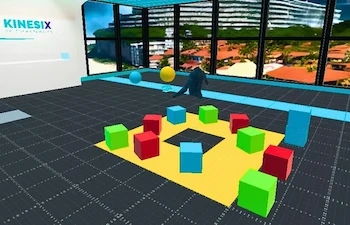
BALANCE
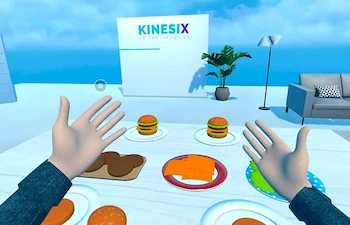
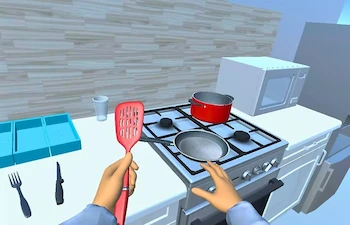
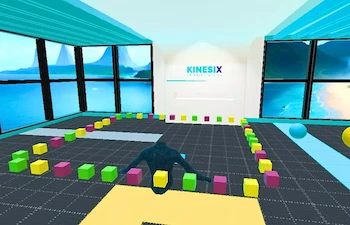
VESTIBULAR
Strengthen cognitive skills, communication, and mindfulness through exercises designed to develop essential mental abilities—all within a virtual space that adapts to each person’s specific needs.
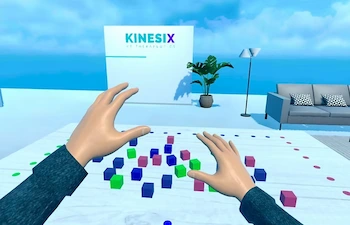
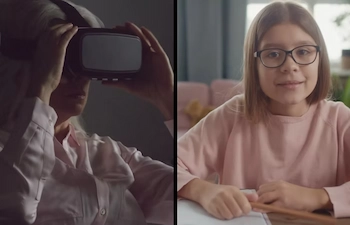

MINDFULNESS
Kinesix VR in action



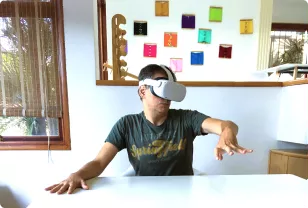


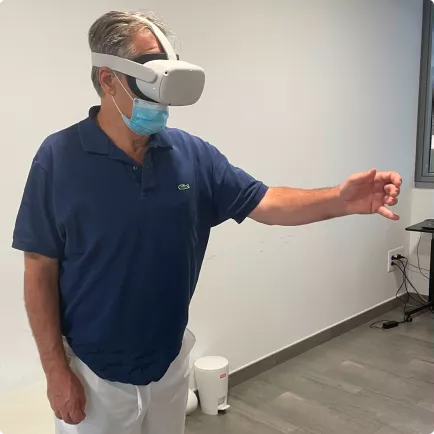
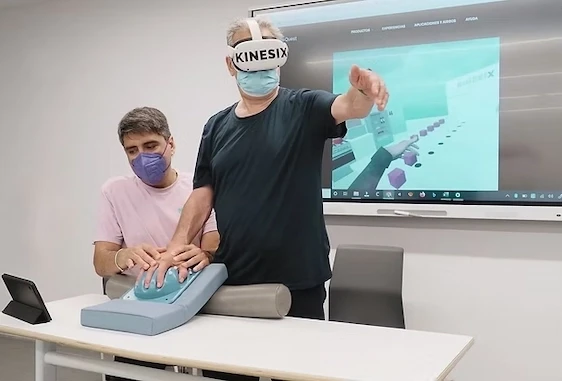
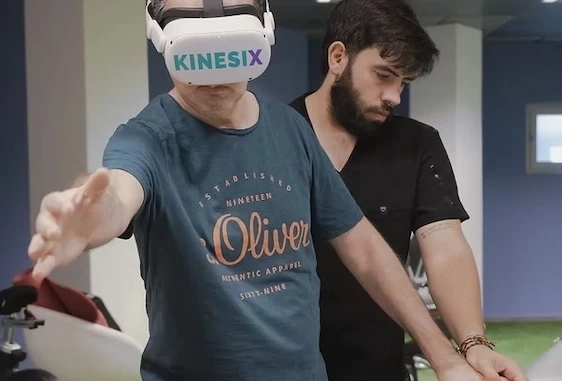
Transform neurorehabilitation and help improve your patients’ daily lives with Kinesix VR
